For years, 41-year-old Kathi Wilson of Shelbyville, Indiana, lived with a body that felt decades older than it was. She experienced unrelenting fatigue, muscle pain, and shortness of breath.
Simple tasks like walking became so difficult that she relied on a cane. Despite seeing doctors, undergoing MRIs, chest X-rays, and cardiac tests, no one could pinpoint what was wrong.
“Over the years, it kept getting worse and worse,” her daughter, Ashley, told Inside Edition. Dr. Mary Beth Hensley, one of Wilson’s physicians, explained, “[She had] cardiac testing, chest x-rays, MRIs [of] the brain, the spine, to see if something was related. I felt we were very thorough, but didn't come up with a solution.”

An unexpected discovery
In 2018, everything changed when contractors came to remodel her bathroom. While working on the house, they discovered that Wilson’s furnace and water heater had been improperly installed, causing a leak of carbon monoxide—a colorless, odorless gas that can be deadly.
“The family was slowly being poisoned,” contractor Michael Evans said. “This is the first time I have ever seen this.”
Wilson herself described the toll it took: “I felt like an 80-year-old stuck in the body of a 40-year-old. The more I stayed at home, the sicker I felt.”
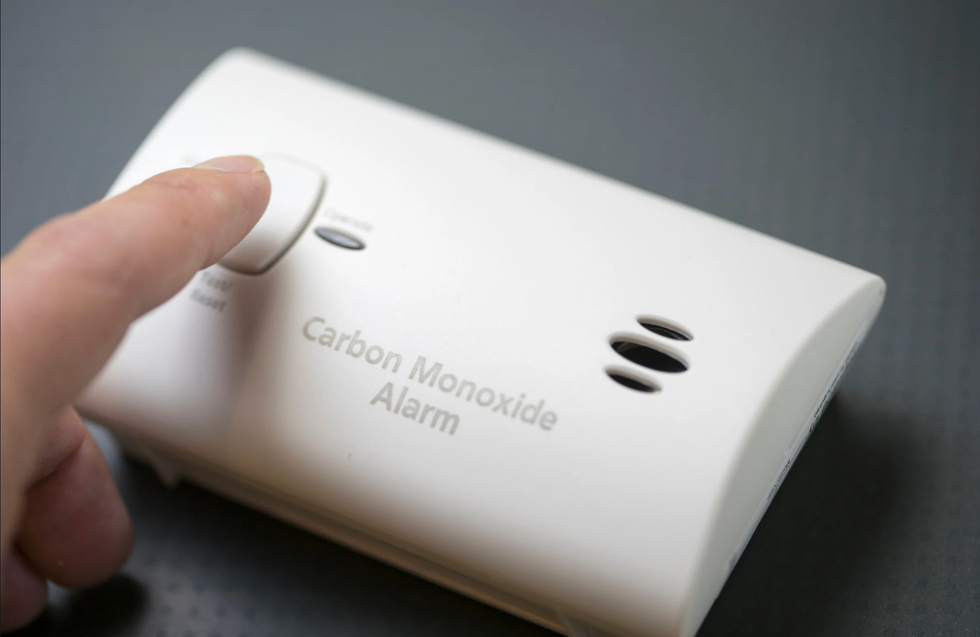
Living with invisible danger
Carbon monoxide poisoning often mimics common illnesses with symptoms such as headaches, dizziness, fatigue, and muscle aches. Because the gas builds slowly and invisibly, it’s often overlooked until serious harm occurs. Wilson’s family had a carbon monoxide detector, but for reasons that remain unclear, it didn’t catch the leak.
Over the years, she had also battled repeated lung infections. Once the leak was fixed, the cause of her long mystery illness was finally revealed: chronic carbon monoxide exposure.

Life after the fix
After the repairs, Wilson said she felt like a different person. “I feel like I have been given my life back and I am hoping that it will get some of the others their life back.” She added, “I feel great. I haven't been this happy in I can't tell how long.”
- YouTube www.youtube.com
This article originally appeared earlier this year.





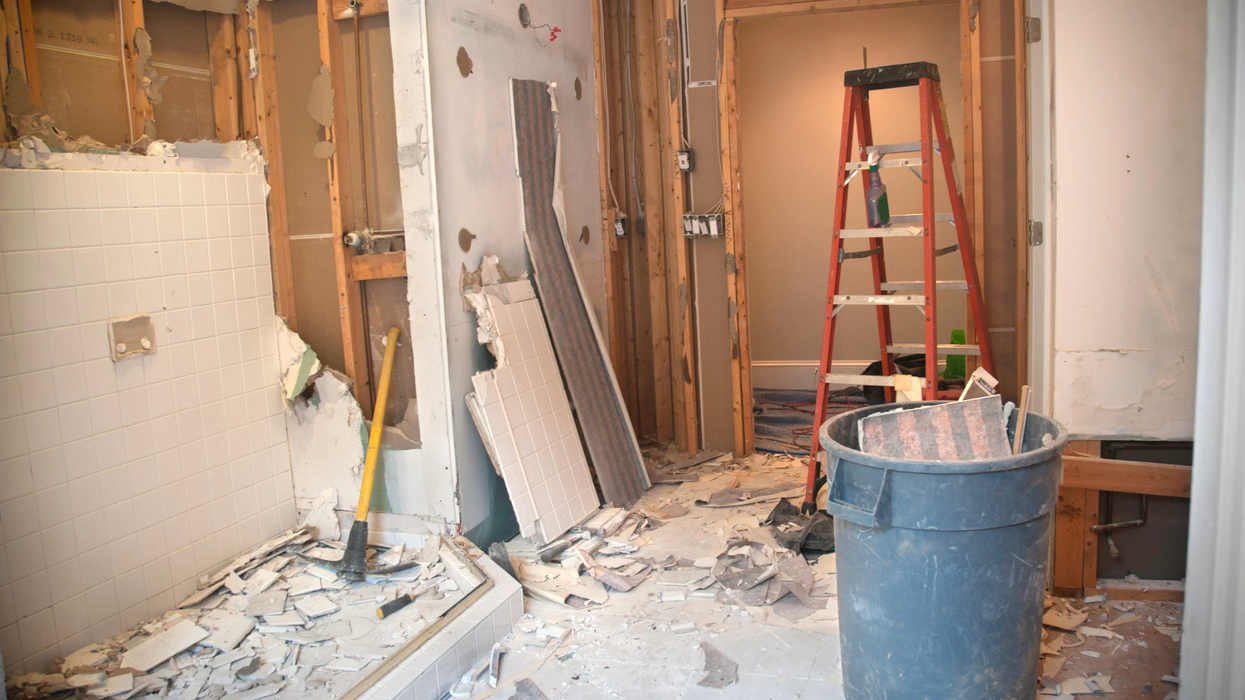


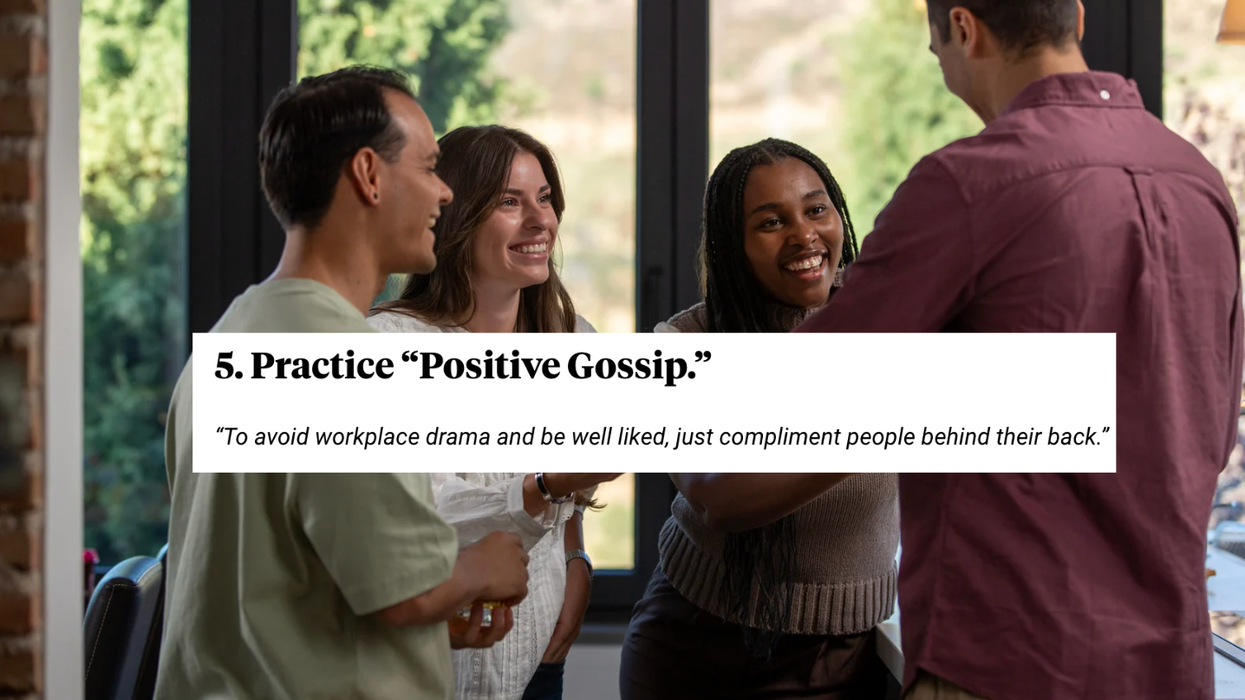
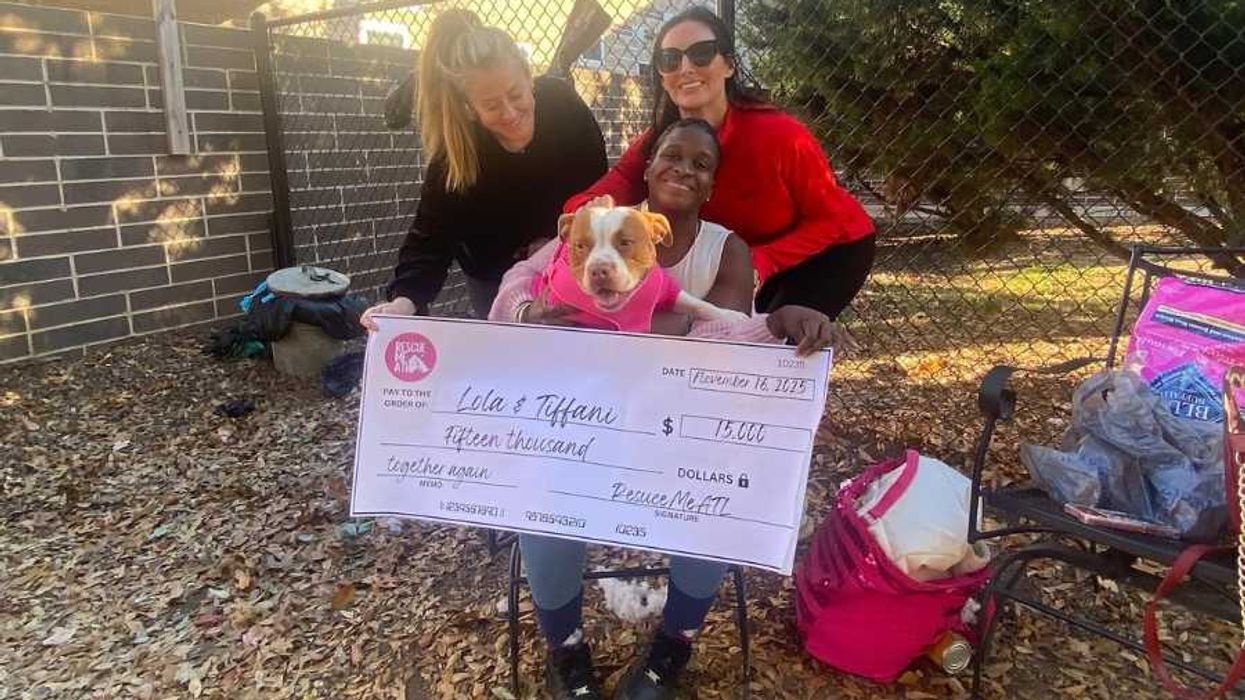

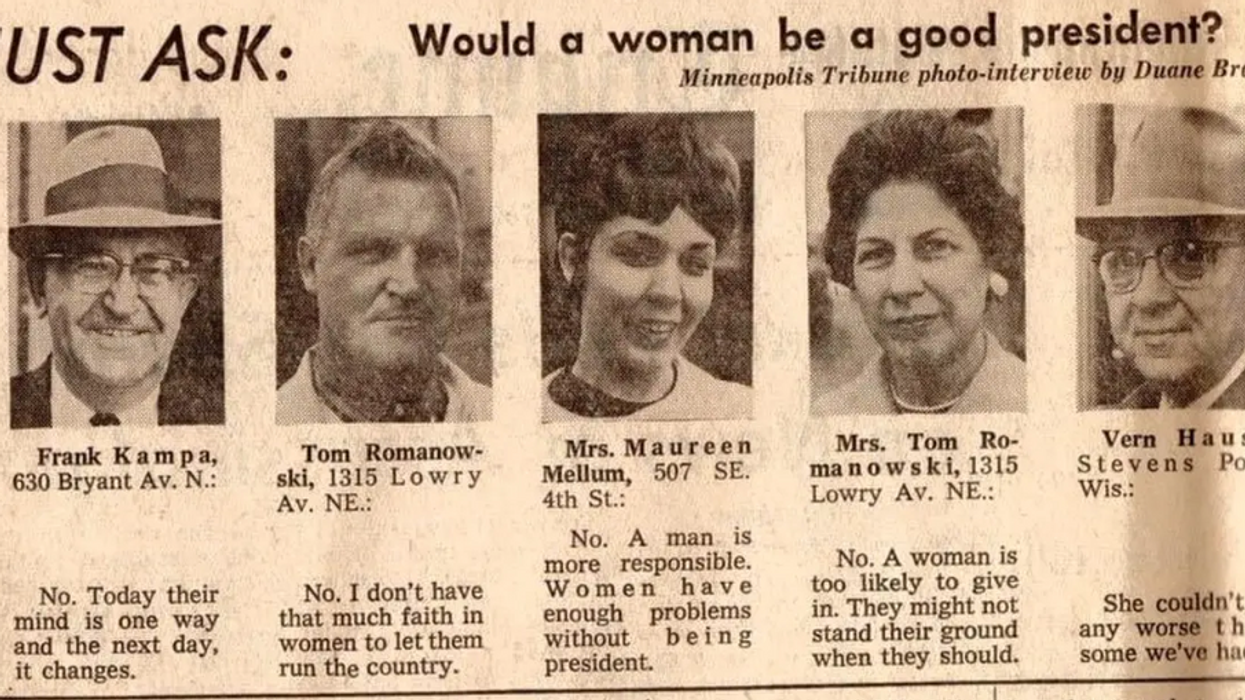

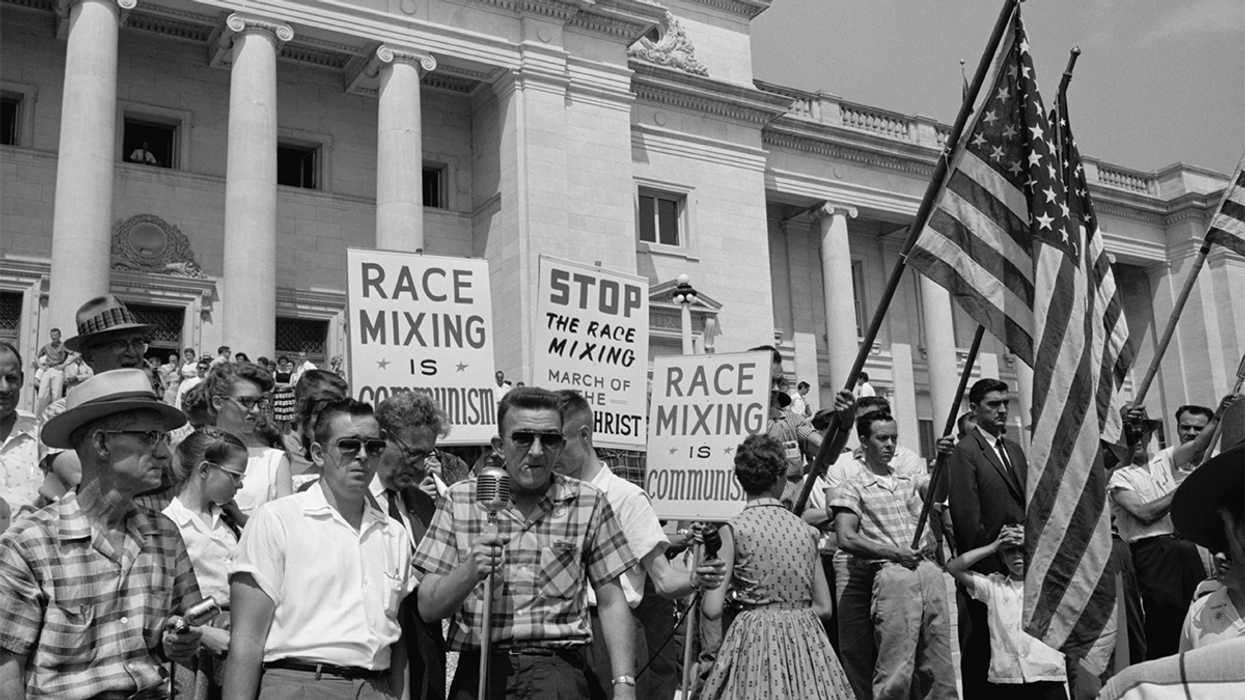


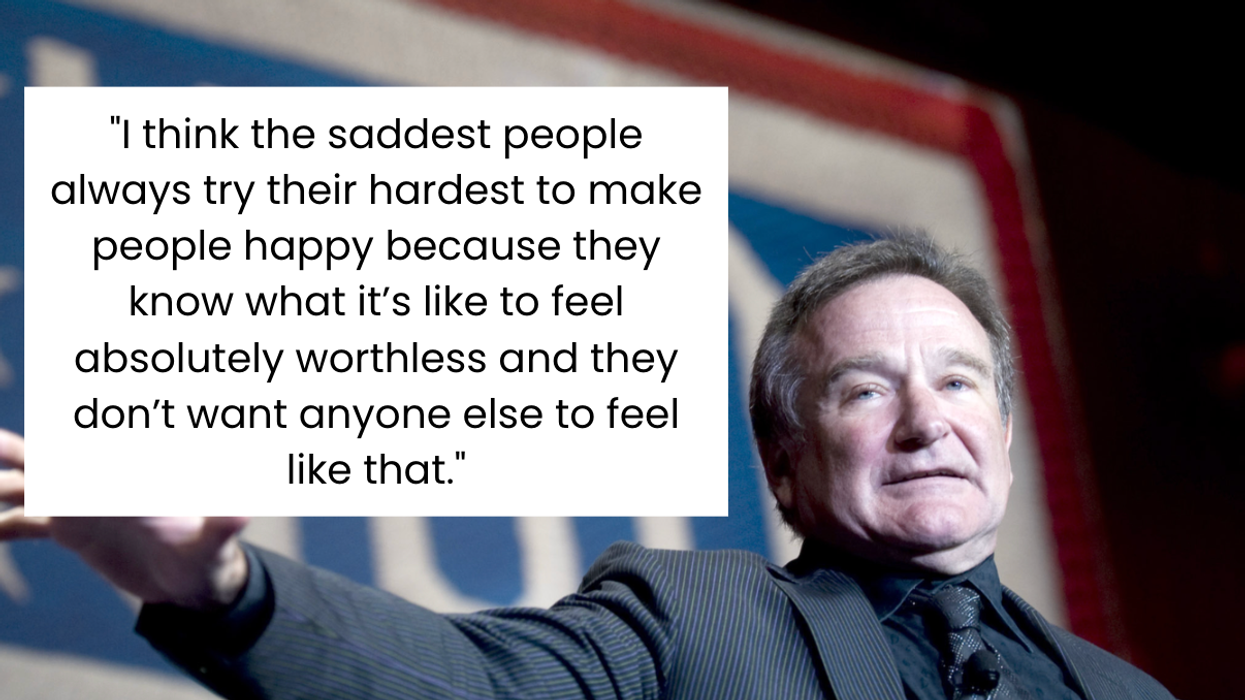
 Robin Williams performs for military men and women as part of a United Service Organization (USO) show on board Camp Phoenix in December 2007
Robin Williams performs for military men and women as part of a United Service Organization (USO) show on board Camp Phoenix in December 2007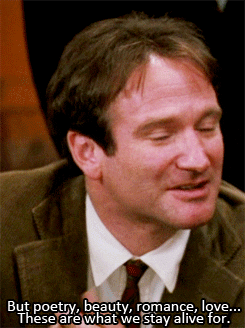 Gif of Robin Williams via
Gif of Robin Williams via 
 Superstructure of the Kola Superdeep Borehole, 2007
Superstructure of the Kola Superdeep Borehole, 2007 
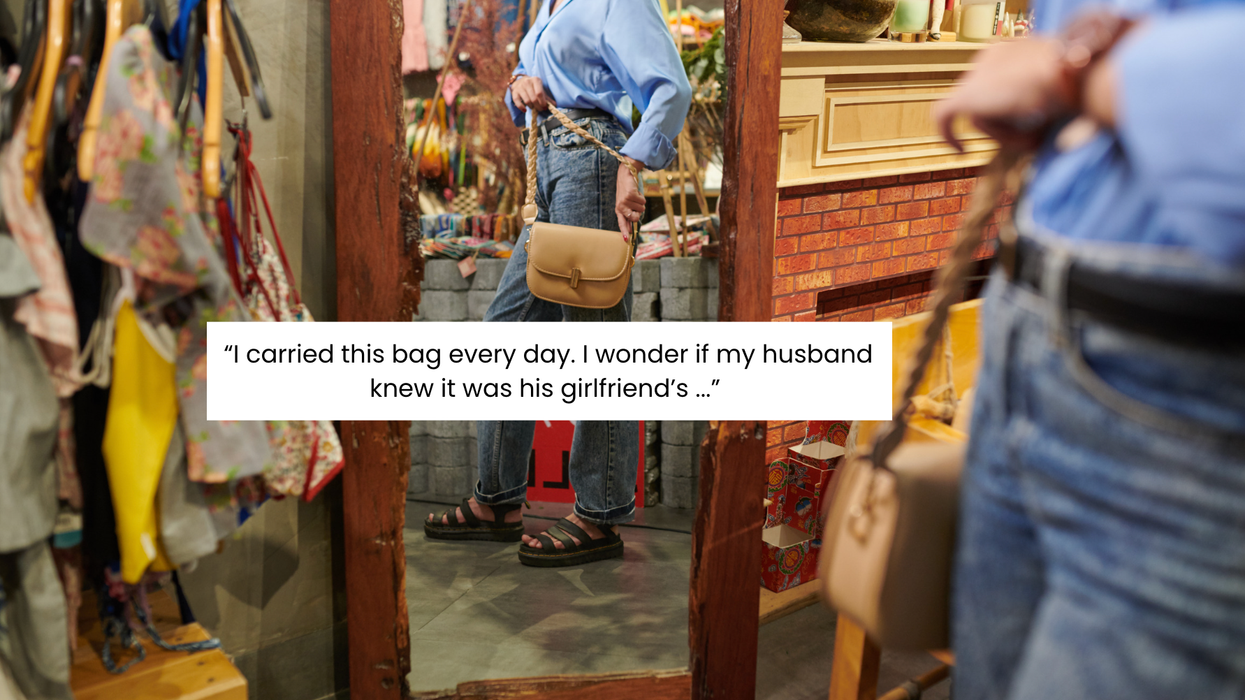
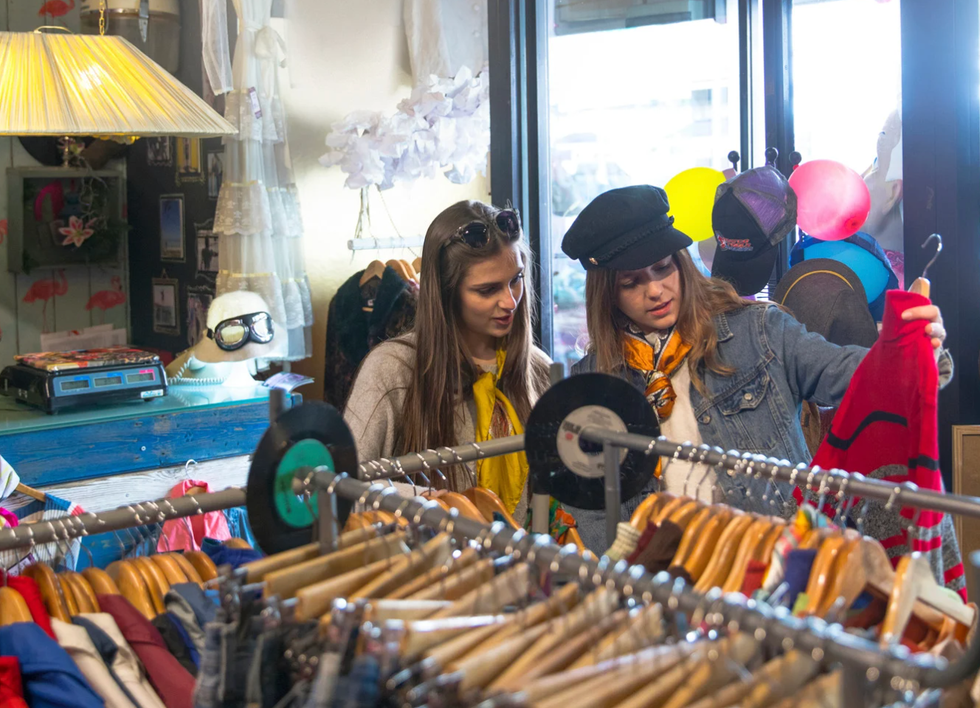 Two women shop at clothing storeCanva
Two women shop at clothing storeCanva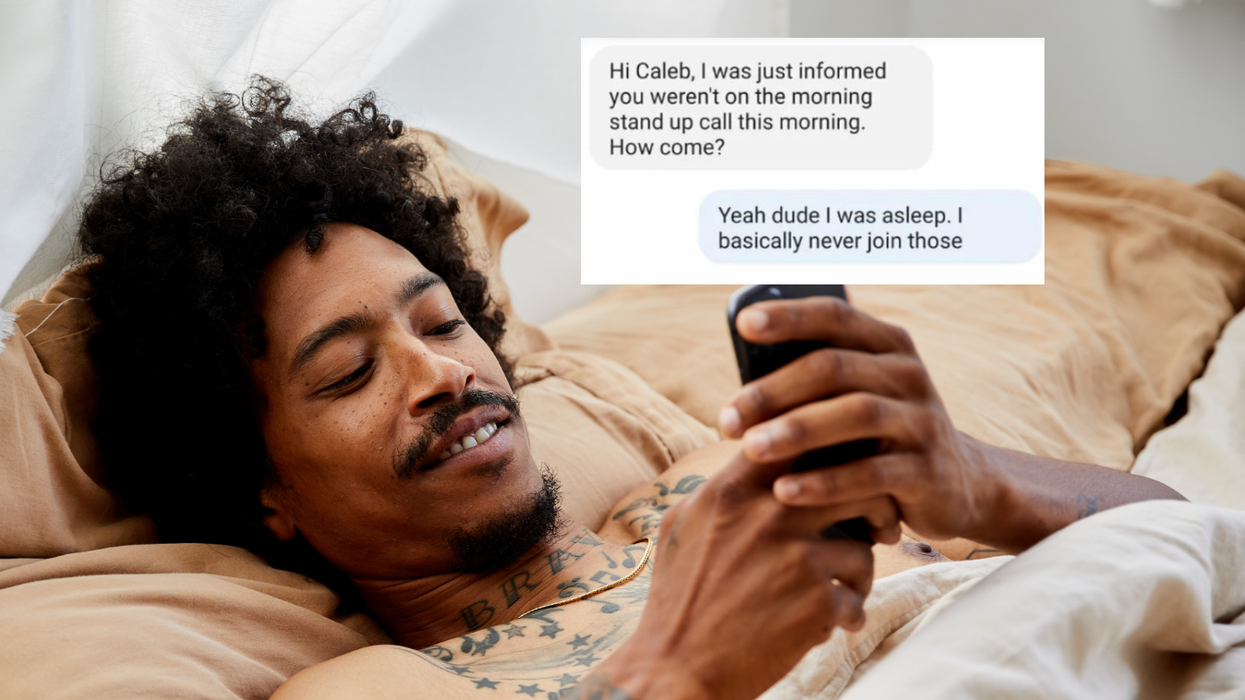
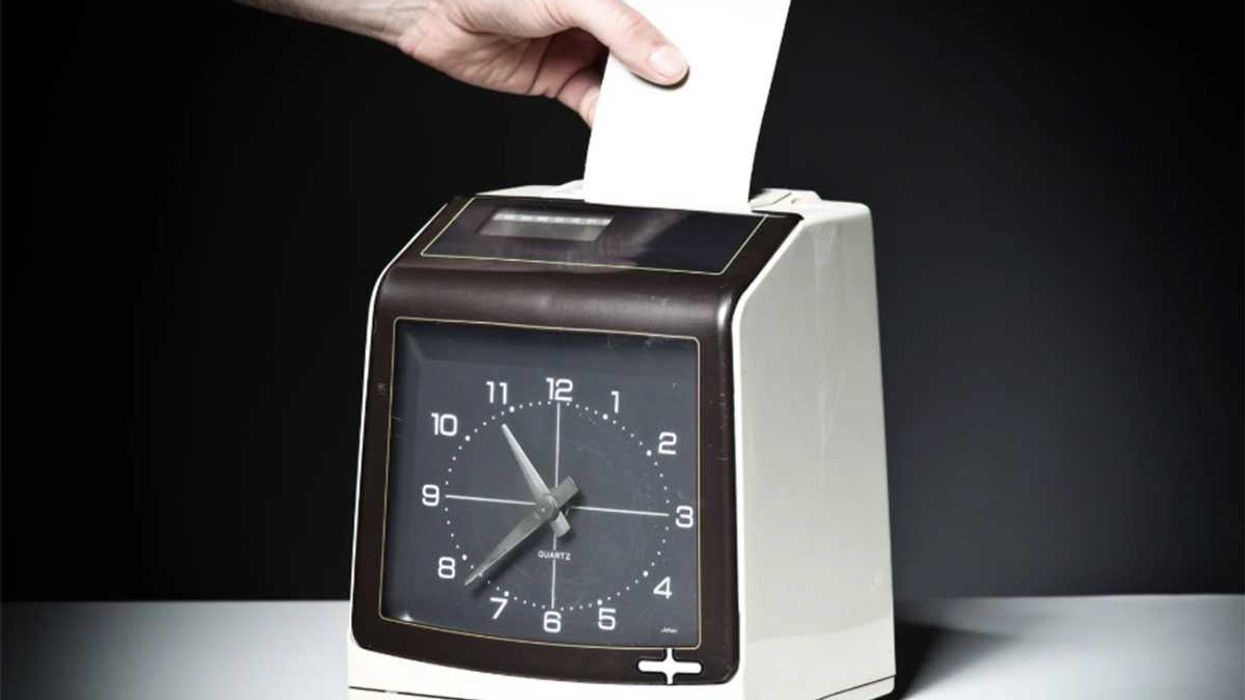
 "I'm watching you..."
"I'm watching you..."  Reddit |
Reddit | 
 A woman conducts a online color testCanva
A woman conducts a online color testCanva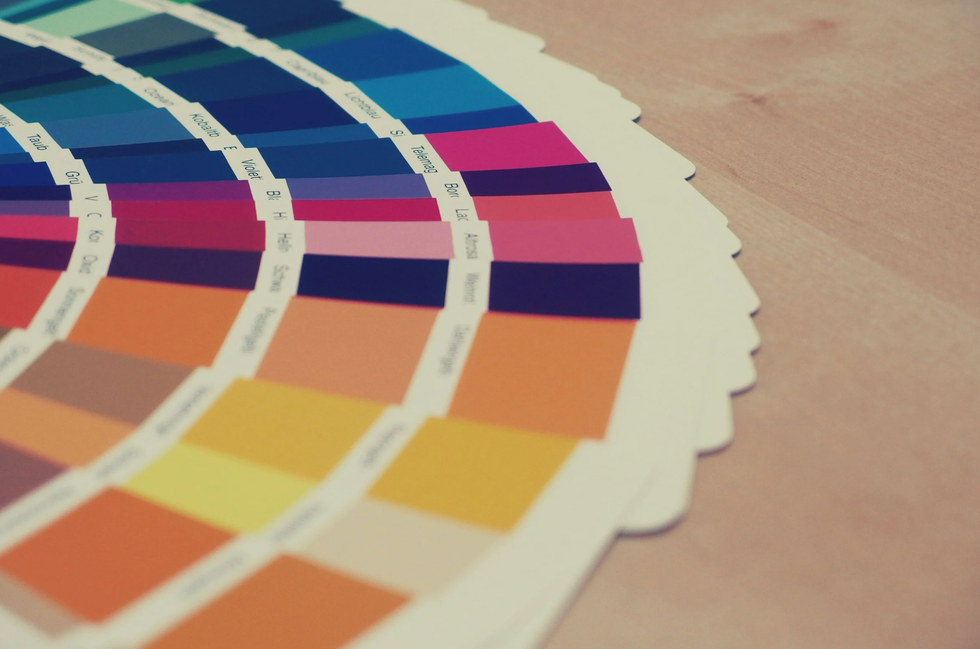 A selection of color swatchesCanva
A selection of color swatchesCanva A young boy takes a color examCanva
A young boy takes a color examCanva 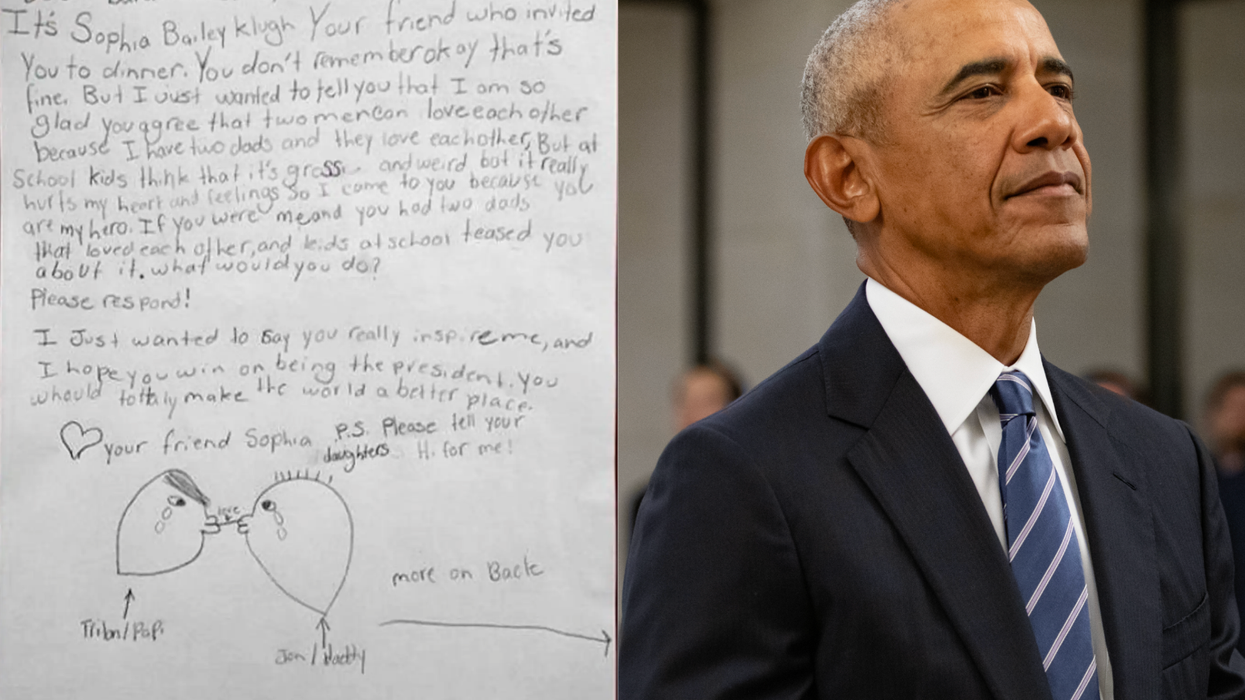
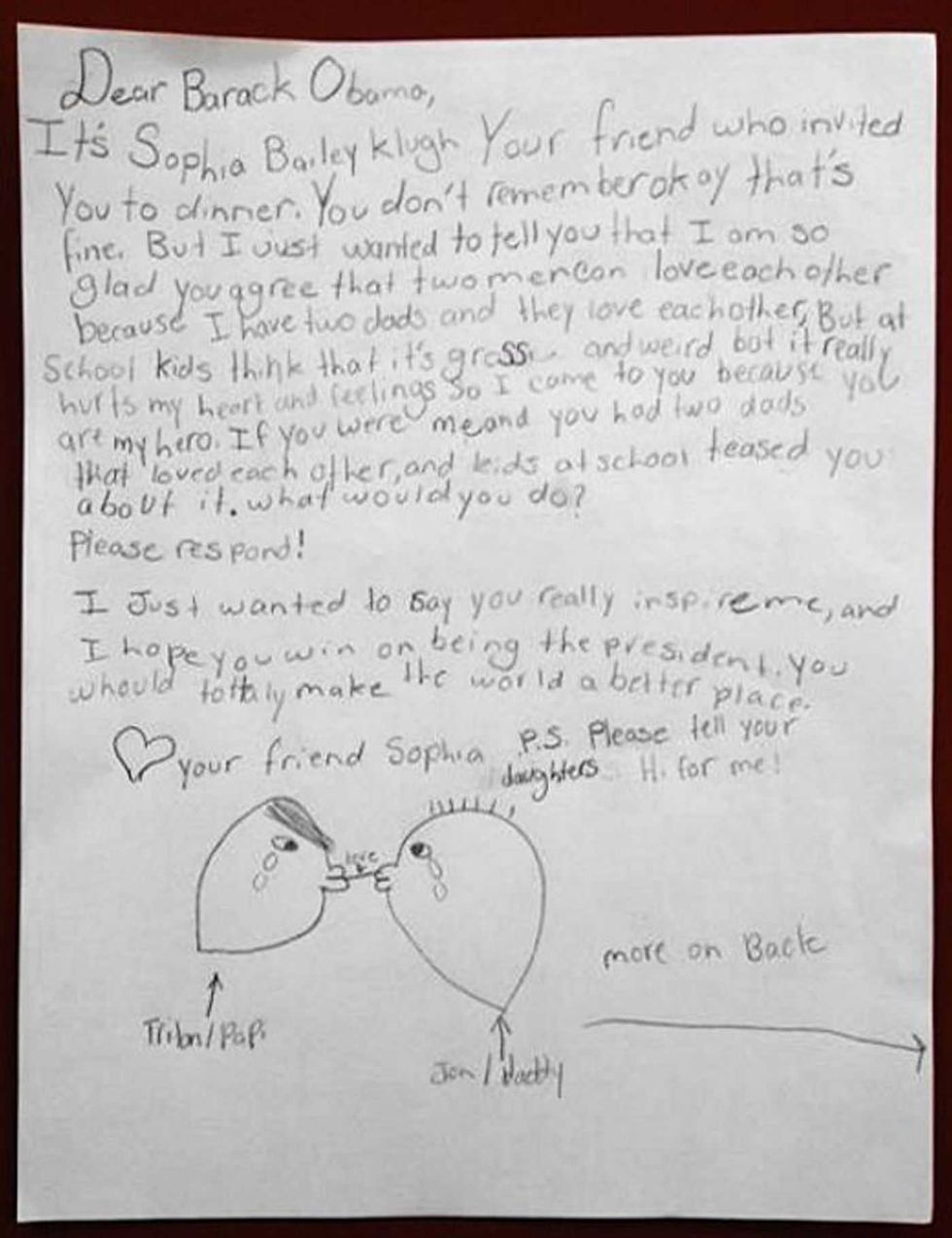 Copy of Sophia's letter to President Obama
Copy of Sophia's letter to President Obama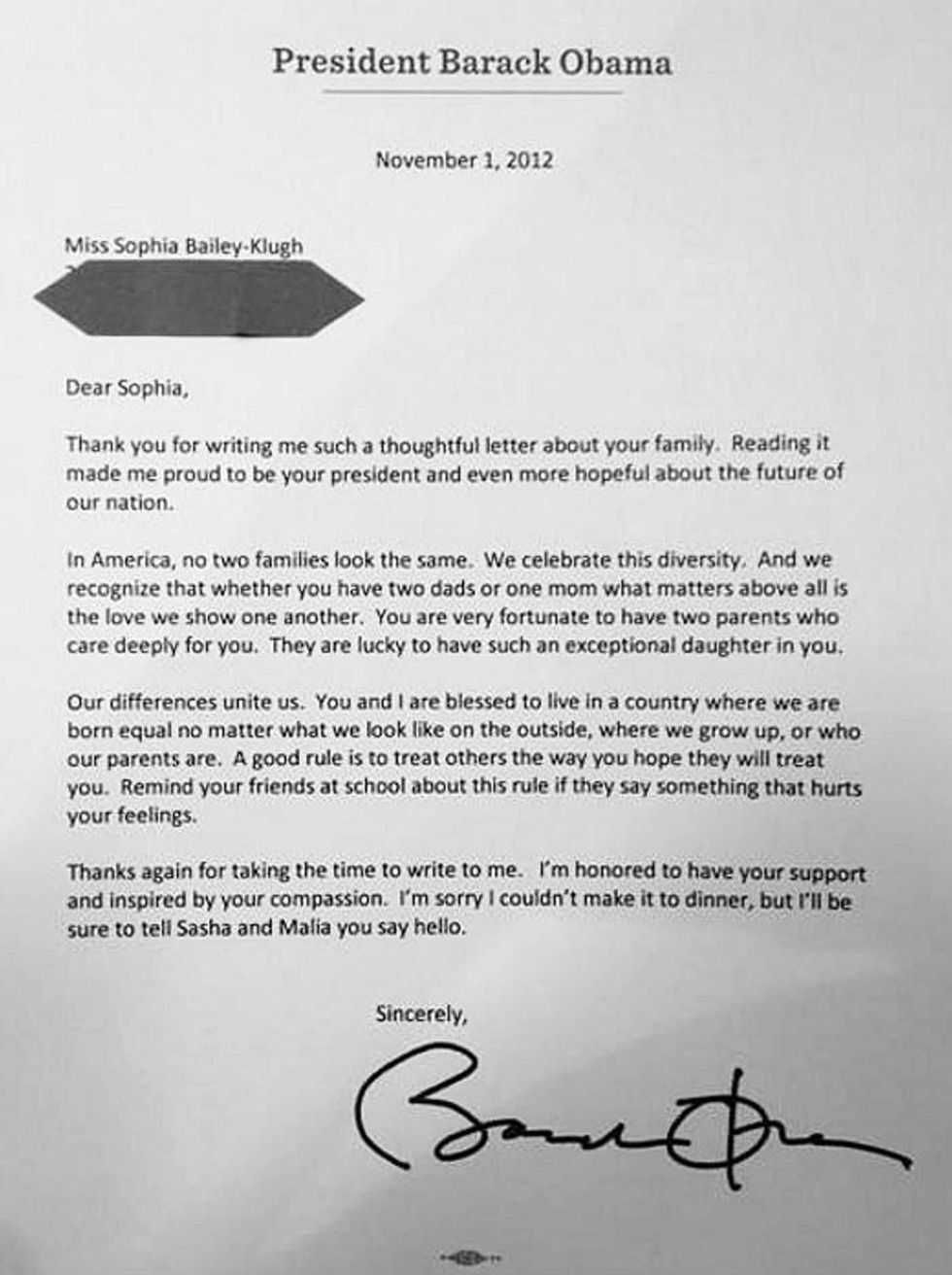 Barack Obama's letter to Sophia
Barack Obama's letter to Sophia Gif of Obama saying "The torch has been passed" via
Gif of Obama saying "The torch has been passed" via